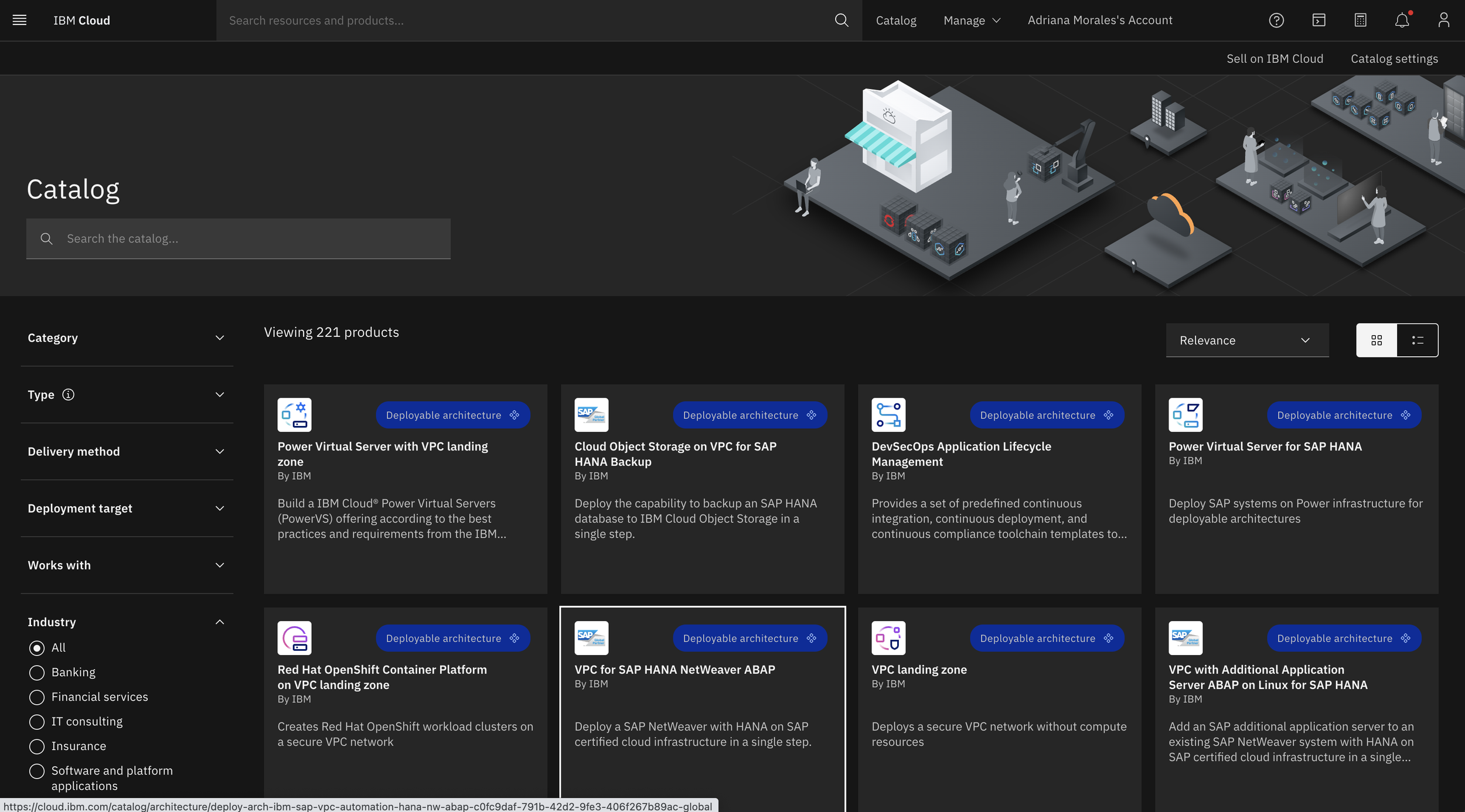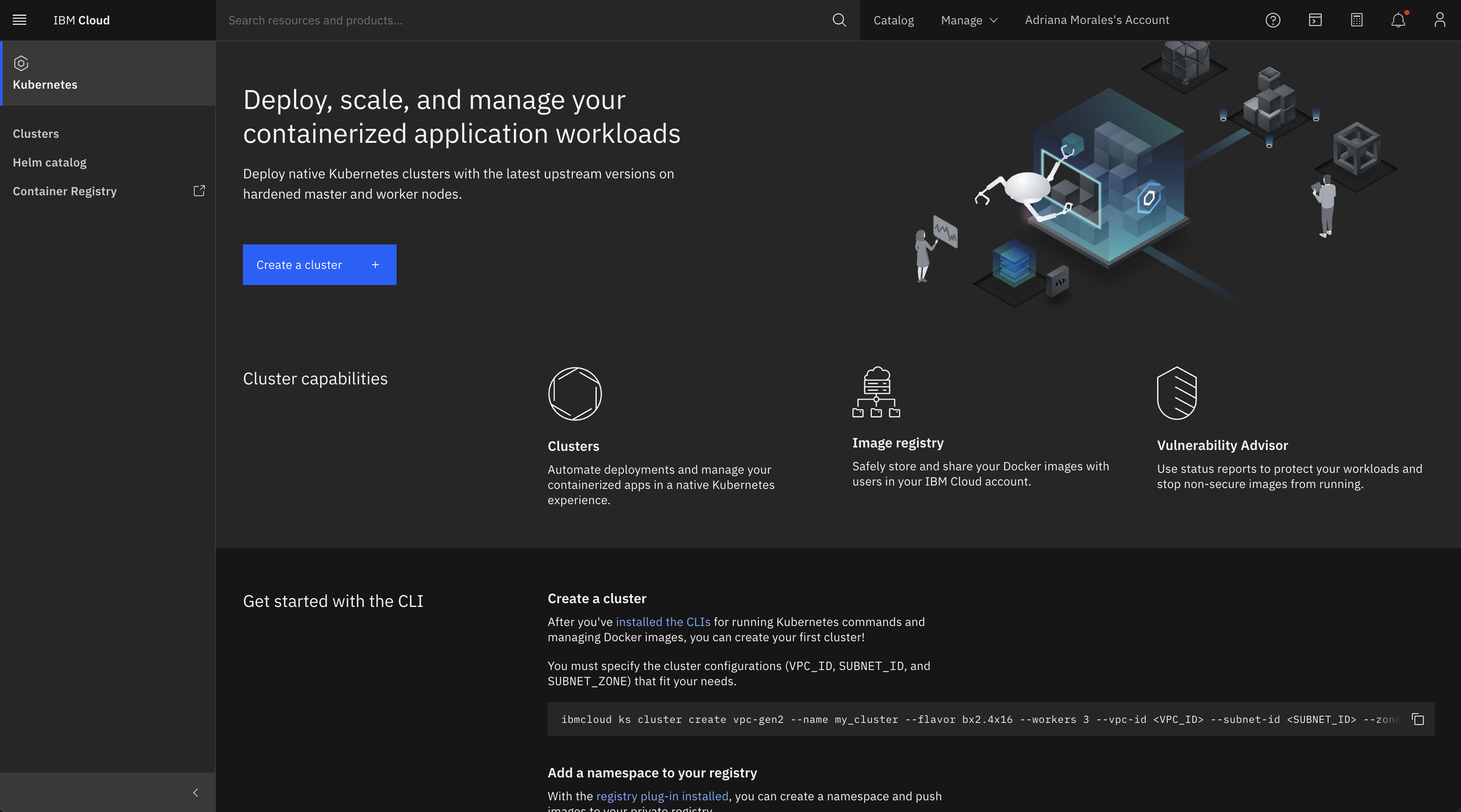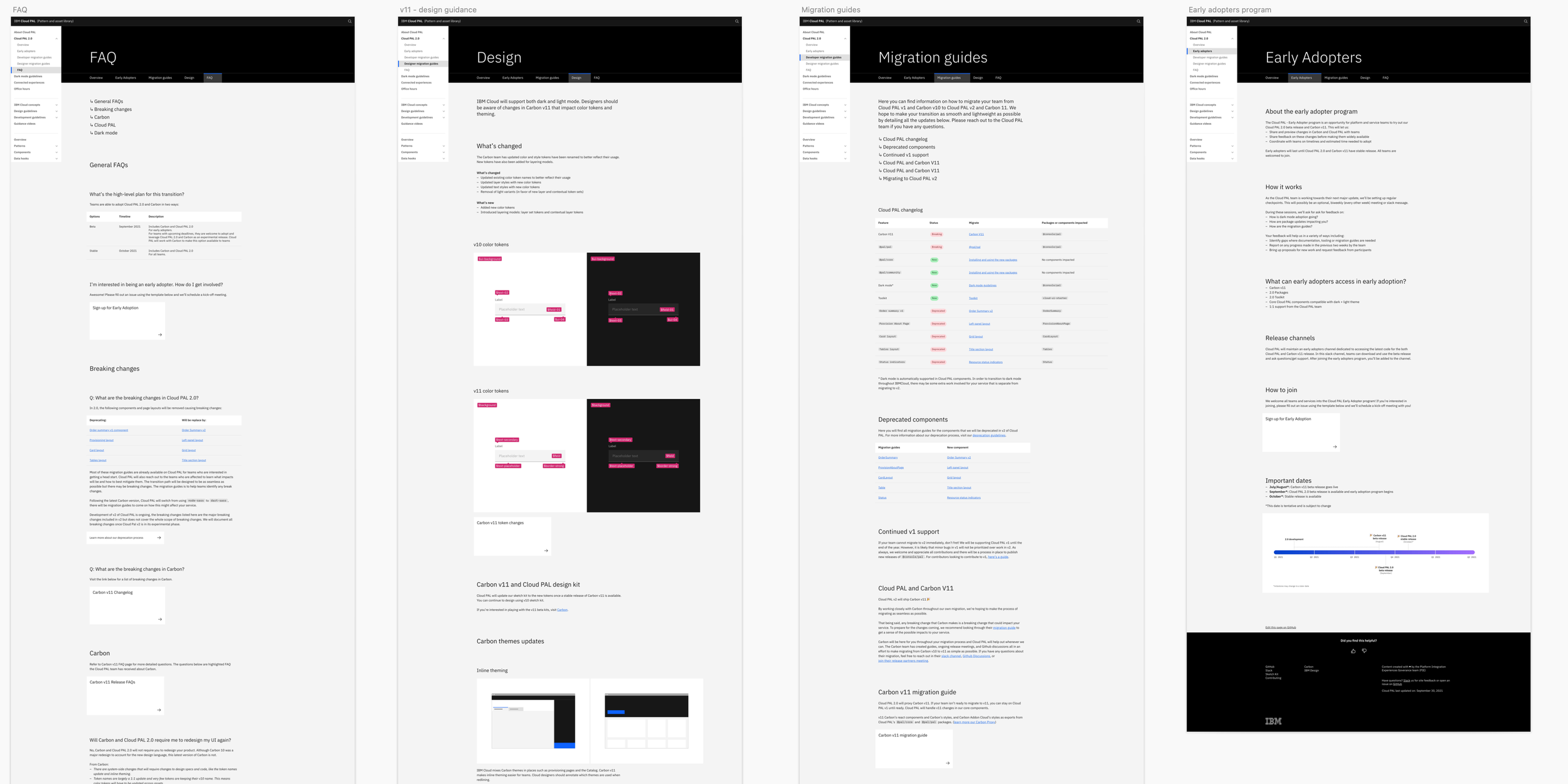This portfolio piece is under construction
🛠️ Lo siento, I’m in the process of adding this portfolio case study. 🛠️
Feel free to explore this first draft.
Timeframe
Nov 2020 - Oct 2021
Role
Design lead and Product Owner
Skills
Product development, design strategy
Cloud PAL 2.0
It’s cloudy here - learning from past mistakes to build a a brighter future on the Cloud ☁️
Cloud PAL is a library and ecosystem built on top of IBM’s Carbon Design System that provides a blueprint for designers and developers to build consistent products and UIs faster for the IBM Cloud platform. From 2019 to 2020 Cloud PAL supported a massive design and development overhaul of IBM Cloud to account for a new design language, while tackling years of tech and design.
The challenge:
Although 90% of the 200+ product teams on IBM Cloud adopted Cloud PAL and saved an average of 2,000 hours of design and development time per pattern, many teams were wary of future updates. Teams dedicated 1 to 3 months (2 - 6 sprints) to adopt Cloud PAL. This work involved heavily redesigning interfaces and refactoring codebases. The time commitment and investment pressured product teams to reprioritize their quarterly roadmaps.
After a year of launching Cloud PAL, I co-lead the creation and planning for the next major release (Cloud PAL 2.0). As an opportunity to learn from our past mistakes of our initial release, we needed to provide quality improvements for teams to make future updates as seamless as possible while still delivering value to IBM Cloud end users that weren’t met in the first release.
The Solution:
Cloud PAL v2.0 was a continuation of improved UX consistency across products that aimed to accelerate design and development flows with the new quality of life improvements, seamlessly adopting the next major release of the Carbon Design System, all while bringing new features to allow end-users to customize their personal experience on IBM Cloud.
If we could wave a magic wand, what could 2.0 do better? 🪄
My biggest fear for Cloud PAL is that it would lose momentum and impact, causing teams to revert back to old ways of working. Despite product leadership seeing Cloud PAL as an engine to drive innovation across the organization, my team and I faced staffing issues after a few developers were reassigned to other high-priority projects and we didn’t have a dedicated product manager.
I had three problem spaces to content with:
Internal teams: How can we make it easier and more sustainable for teams to continue using cloud pal and to upgrade from new versions seamlessly with a small squad?
External users: How can we use Carbon and Cloud PAL to drive innovation and add new features to allow end-users to customize their personal experience on IBM Cloud?
My personal challenge as a leader: How can I as a design lead and owner of Cloud PAL continue nurturing the talent and growth of my team members while preventing burnout?
Problem space 1: Internal teamsResearch: roundtables
Often we heard from teams that the Cloud PAL 1.0 codebase and tools were bloated and cumbersome for teams to use. Many teams were wary of future updates because the initial release of Cloud PAL required a complete design and code overhaul for dozens of services.
To better understand how teams’ hopes and fears, I organized and led roundtables that were thought-leadership discussions between the core team and IBM cloud product teams. Roundtables let us get feedback, while also giving teams an opportunity to shape/influence Cloud PAL. In the roundtable we presented 5 core initiatives based on concerns:
Adoption of Carbon Design System v11
Cloud PAL packaging improvements
More visual design consistency and the release of dark theme for IBM Cloud
Deprecate components
New toolkit for new IBM Cloud services
My development lead, senior visual designer, and I co-facilitated each roundtable. The dev lead focused on packages and migrations, the visual designer on the dark theme release, and I led conversations on carbon v11 and the adoption plan.
Problem space 2: Using design systems drive innovation for IBM Cloud UsersMarket research: Dark mode is hot
…
…
Taking on the role of a product owner
A few weeks into planning our next release of the IBM Cloud’s design system, our product owner moved to a different team. Although his departure was a loss for the team, I saw an opportunity to step up to the challenge and become a design lead + product owner hybrid, so that my team could focus on their design and development work and not deal with the stress of roadmap planning and dealing with stakeholders. I defined epics and OKRs that tied the value of Cloud PAL to the rest of IBM Cloud’s business initiatives.
Adoption and rollout
…













